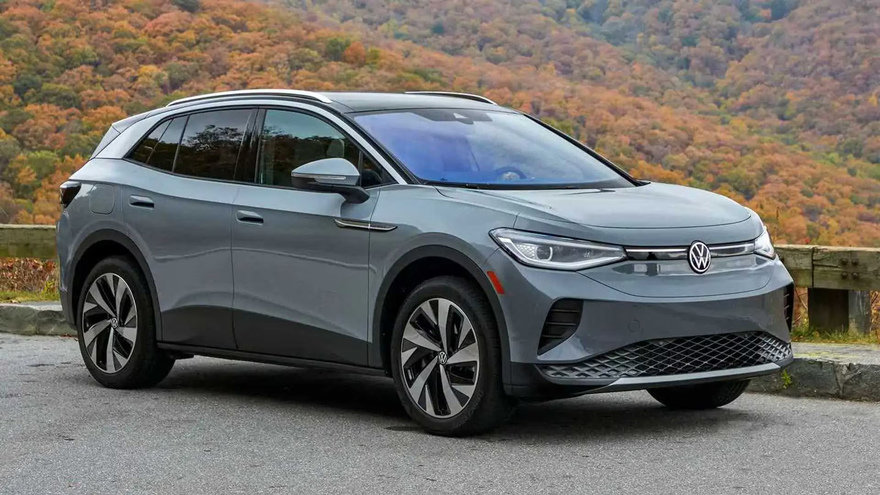The Complexity of ‘American-Made’ Vehicles
The days of simple, linear manufacturing processes are long gone. Today’s global supply chains have transformed the way vehicles are produced, making it challenging to define what ‘American-made’ truly means. Automotive journalist Aaron Turpen’s recent analysis on New Atlas revealed surprising insights into the vehicles that are actually built in America.

For nearly 40 years, the Ford F-150 has been the best-selling pickup truck and vehicle in America. However, it’s not the most American-built vehicle or truck. That distinction belongs to the Honda Ridgeline, with 72.5% of its parts made in the USA. The Ridgeline’s engine and transmission are manufactured in the United States, and final assembly takes place at Honda’s Alabama plant.

In contrast, the Ford F-150 has a U.S.-built parts content of just 32%, with some of that percentage shared with Canada. Turpen’s list of the most American-built vehicles is dominated by Honda, Jeep, and Tesla, with the Dodge Durango and Tesla Model 3 tying for first place at 73% U.S.-made.

The complexity of modern manufacturing means that components can cross borders multiple times before being installed in the final product. This raises important questions about the impact of tariffs on vehicles that are supposedly ‘American-made.’ As the automotive industry continues to evolve, understanding the true nature of vehicle production is more crucial than ever.
Read the full article on [New Atlas](link to article)


